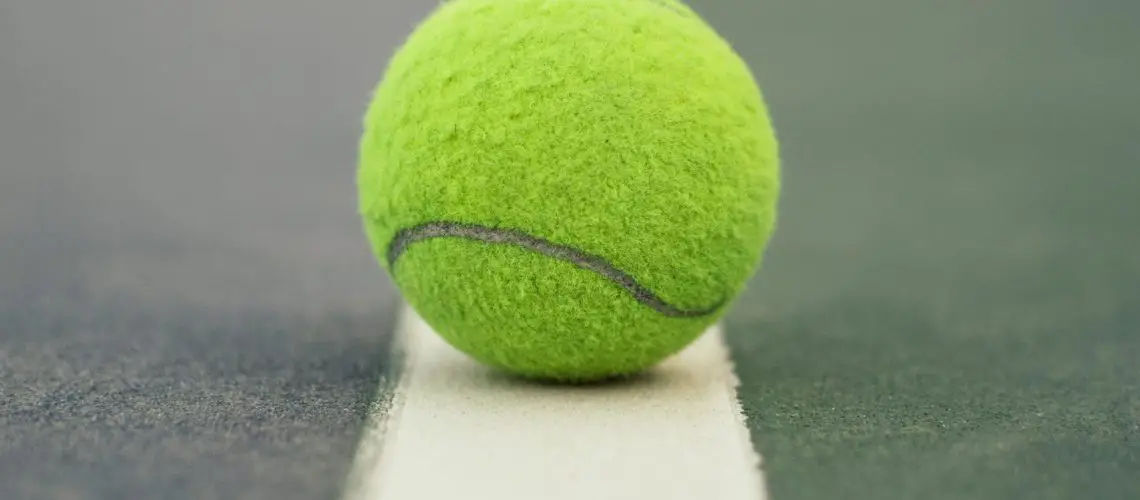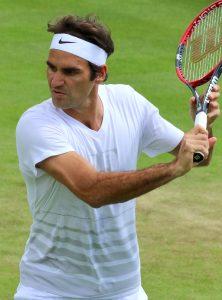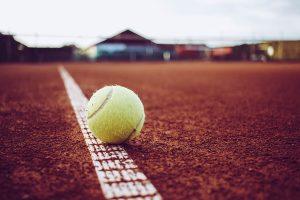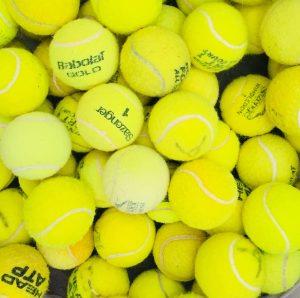We may earn money or products from the companies mentioned in this post.
Introduction to Tennis Serve

Welcome to the exhilarating world of tennis! One of the most crucial aspects of this dynamic sport is the serve A powerful and well-executed serve can give you a significant advantage over your opponent, setting the tone for the entire match In this article, we will dive into the importance of a strong serve in tennis and explore the different types of serves and their advantages
The Importance of a Strong Serve in Tennis
A strong serve is often considered a player’s most potent weapon on the court It not only allows you to start each point with an advantage but also puts pressure on your opponent right from the beginning A well-executed serve can earn you free points, force weak returns, and control the tempo of the game
Besides its offensive capabilities, a strong serve also plays a vital role in dictating the flow of play By varying your serves strategically, you can keep your opponent guessing and disrupt their rhythm This tactical advantage gives you greater control over each point and enhances your chances of winning matches
Different Types of Serves and Their Advantages
1 Flat Serve
The flat serve is one of the most common types used in tennis It involves hitting the ball directly without any spin or excessive kick The primary objective is to generate power and speed, making it difficult for your opponent to react quickly enough
The advantages of a flat serve are its ability to generate high velocity and accuracy With proper technique and timing, this type of serve can result in powerful aces or force weak returns that set up easy winners for you
2 Slice Serve
The slice serve adds sidespin to the ball by brushing against its outer surface during contact This spin causes the ball to curve inwards after bouncing, making it challenging for your opponent to return effectively
The slice serve offers several advantages Firstly, it allows you to hit the ball wide from the center of the court, opening up more angles and causing your opponent to stretch and move out of position Secondly, the sidespin can make it difficult for your opponent to time their return correctly, resulting in errors or weak shots that you can capitalize on
3 Kick Serve
The kick serve, also known as a topspin serve, involves hitting the ball with an upward motion while imparting heavy topspin This spin causes the ball to bounce higher and kick off the court, making it challenging for your opponent to handle
The kick serve has several advantages that make it a valuable weapon in your arsenal Firstly, its high bounce can force your opponent into uncomfortable positions and disrupt their rhythm Secondly, when executed well, this serve can cause the ball to jump towards their backhand side, which is generally considered a weaker shot for most players
Mastering these different types of serves will not only enhance your overall game but also give you a strategic edge over your opponents on the tennis court Practice diligently and experiment with different variations to find what works best for you!
Techniques for Improving Tennis Serve Power and Accuracy

Proper Stance and Body Positioning
When it comes to serving in tennis, having the right stance and body positioning is crucial The first step is to find the optimal stance that suits your body type and style of play Experiment with different positions to determine what feels most comfortable and allows for fluid movement
In addition to finding the right stance, it’s important to position your feet correctly By placing them shoulder-width apart, you can generate maximum power without compromising balance or accuracy This solid foundation will give you stability and allow for a more powerful serve
Grip Technique and Hand Placement on the Racket Handle
The way you grip the racket handle can greatly impact your serve There are two popular grip techniques: the Eastern grip and the Continental grip The Eastern grip is commonly used by players who prefer a flatter serve, while the Continental grip is favored by those who want more spin
Furthermore, consider how tightly you hold the racket during a serve While it may be tempting to squeeze tightly out of anticipation or nervousness, it’s actually best to maintain a relaxed yet firm grip This allows for better racket head acceleration and control throughout your service motion
Toss Technique – The Key to an Effective Service Motion
The toss is a critical element in achieving a powerful and accurate serve Timing your toss correctly is key to achieving optimum height and consistency in your serves Practice tossing the ball slightly ahead of you at its highest point so that you have ample time to make contact with it at its peak
Another aspect to consider when tossing is where exactly you place it relative to your body Some players prefer tossing directly above their hitting shoulder, while others find it more effective to toss slightly in front of their body Experiment and find what works best for you, as both approaches have their pros and cons
Mastering the Swing Path
Having a fluid and relaxed arm motion is crucial to generating power and accuracy in your serve It’s important not to force or tense up during your swing, as this can hinder your ability to generate racket head speed
In addition to the arm motion, mastering the wrist snap is key to adding extra power and spin to your serve The timing and coordination between the arm motion and wrist snap are essential for a successful serve Practice incorporating a smooth wrist snap at the point of contact with the ball to maximize your serving potential
Using these techniques, you can improve both the power and accuracy of your tennis serve Remember that practice makes perfect, so dedicate time on the court honing these skills With consistency and determination, you’ll be able to deliver powerful serves that keep your opponents on their toes!
Practicing Drills to Develop Consistency, Power, and Control

When it comes to tennis, serving is a crucial aspect of the game To improve your serve and develop consistency, power, and control, incorporating specific drills into your practice routine can make a significant difference Let’s explore some effective drills that target different aspects of serving
Serving drills that focus on repetition and muscle memory
If you want to develop a consistent and powerful serve, repetition is key One drill you can try is target practice using cones or other markers Set up targets on the court where you aim to hit your serves consistently This drill helps you build muscle memory by repeatedly hitting the same spot
Another beneficial drill is practicing different types of serves within one session Experiment with flat serves for power, slice serves for control, and kick serves for variation By practicing multiple serve variations in one session, you enhance your ability to adapt during matches
Serving drills that emphasize footwork & body mechanics
Footwork and body mechanics play a vital role in generating power and accuracy in your serve Shadow serving without a ball can help you focus solely on proper form Mimic the entire serving motion without actually hitting the ball, ensuring that your footwork is precise and coordinated with your swing
In addition to shadow serving, incorporating jump rope exercises or agility ladder drills into your training routine can significantly improve your foot speed and coordination These exercises enhance not only your serve but also overall movement on the court
To become an accomplished server in tennis requires dedicated practice and attention to detail By incorporating these drills into your training regimen regularly, you will gradually develop consistency, power, and control in your serves – essential skills that will give you an edge over opponents during matches
Common Mistakes & Troubleshooting Your Tennis Serve
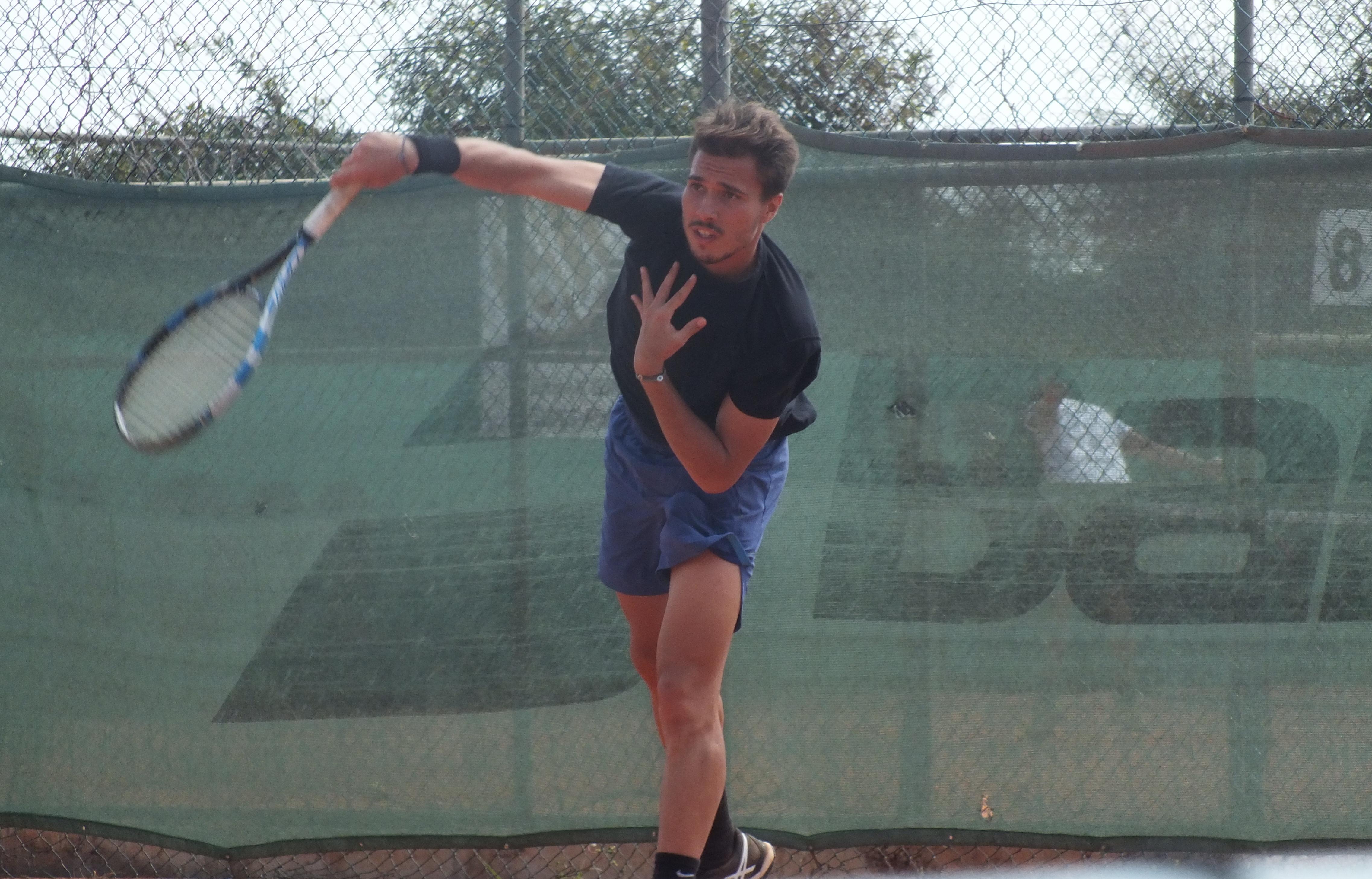
When it comes to serving in tennis, many players find themselves struggling with common issues that hinder their performance on the court By identifying these problems and implementing the right techniques, you can fine-tune your serve and take your game to the next level
Identifying common problems with tennis serves
1 Poor toss placement or timing: One of the most common mistakes is an inconsistent toss The toss should be placed consistently in the same spot and timed correctly to ensure a smooth execution of your serve
2 Inconsistent contact point on racket strings: Another issue that players face is hitting the ball at different points on their racket strings, resulting in unpredictable shots Consistency in finding the optimal contact point is crucial for accuracy and power
3 Improper weight transfer during the serve motion: Many players struggle with transferring their weight effectively from back to front during their serve motion This leads to a lack of power and control in their shots
How to correct these issues and fine-tune your technique
1 Tips for better toss consistency: Practice tossing the ball consistently in front of you, slightly above eye level, ensuring that it reaches its peak before starting your swing motion
2 Practicing contact point drills: Set up targets or use visual cues to help develop muscle memory for hitting the ball at the ideal contact point on your racket strings consistently
3 Focusing on leg drive and proper weight transfer during practice sessions: Pay attention to using your legs as a source of power by pushing off with them while transferring weight from back foot to front foot during your serve motion
When to seek professional coaching or advice
1 The benefits of working with a tennis coach or attending clinics: Seeking professional coaching can provide valuable insights and personalized guidance to overcome serve-related challenges Coaches can analyze your technique, identify specific areas for improvement, and offer drills tailored to your needs
2 Recognizing when self-correction is not enough: While self-correction is essential for development, sometimes it’s necessary to seek expert advice when you’re unable to make progress on your own A coach can help diagnose underlying issues, correct technical flaws, and provide advanced training methods
By addressing these common mistakes and seeking the right guidance, you can troubleshoot your tennis serve and enhance your overall performance on the court Remember that practice and consistency are key in refining your technique and achieving a powerful and accurate serve
Useful Links

Improving Your Serve Consistency
Tennis skills: how to make your serve more accurate
Duds to Aces: 8 Must-Know Tips To Increase Tennis Serve …
How do I increase the power on my serve?
How to Improve Your Tennis Serve
The Best Way to Practice Your Serve
How To Boost Your First Serve Percentage (in 4 Steps)
How to stop worrying about your serve
Hoover Tennis: Tips to Develop a Consistent Serve
How To Increase Your Tennis Serve Speed
Tennis Serve Drills
How to Add Speed to Your Serve – A Practical Look
Want a faster serve? Here’s how I got 20 km/h more in 1 …
Tennis Serve Types, Drills & Practice
Serving
Improve Your Tennis With Better Serve Mechanics
Tennis Serve For Seniors
Improve your tennis game: A Consistent ball toss

